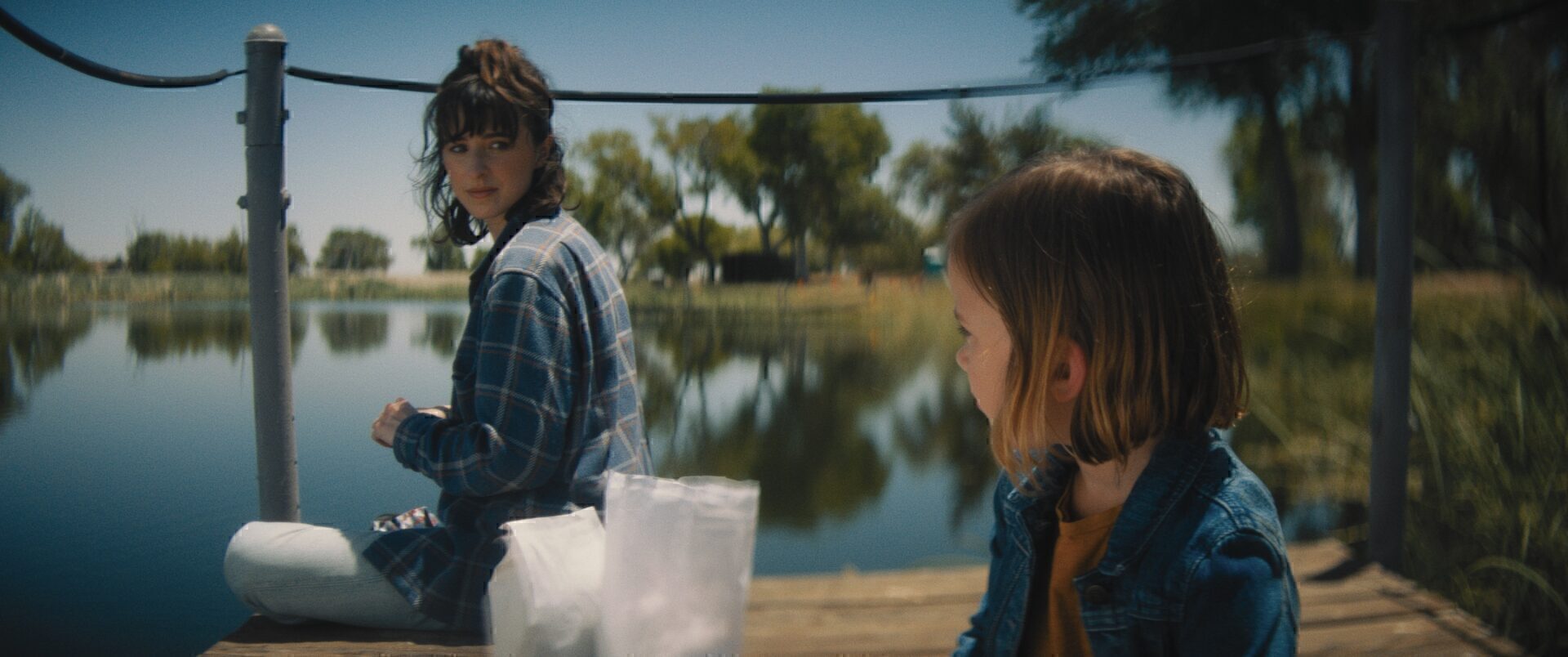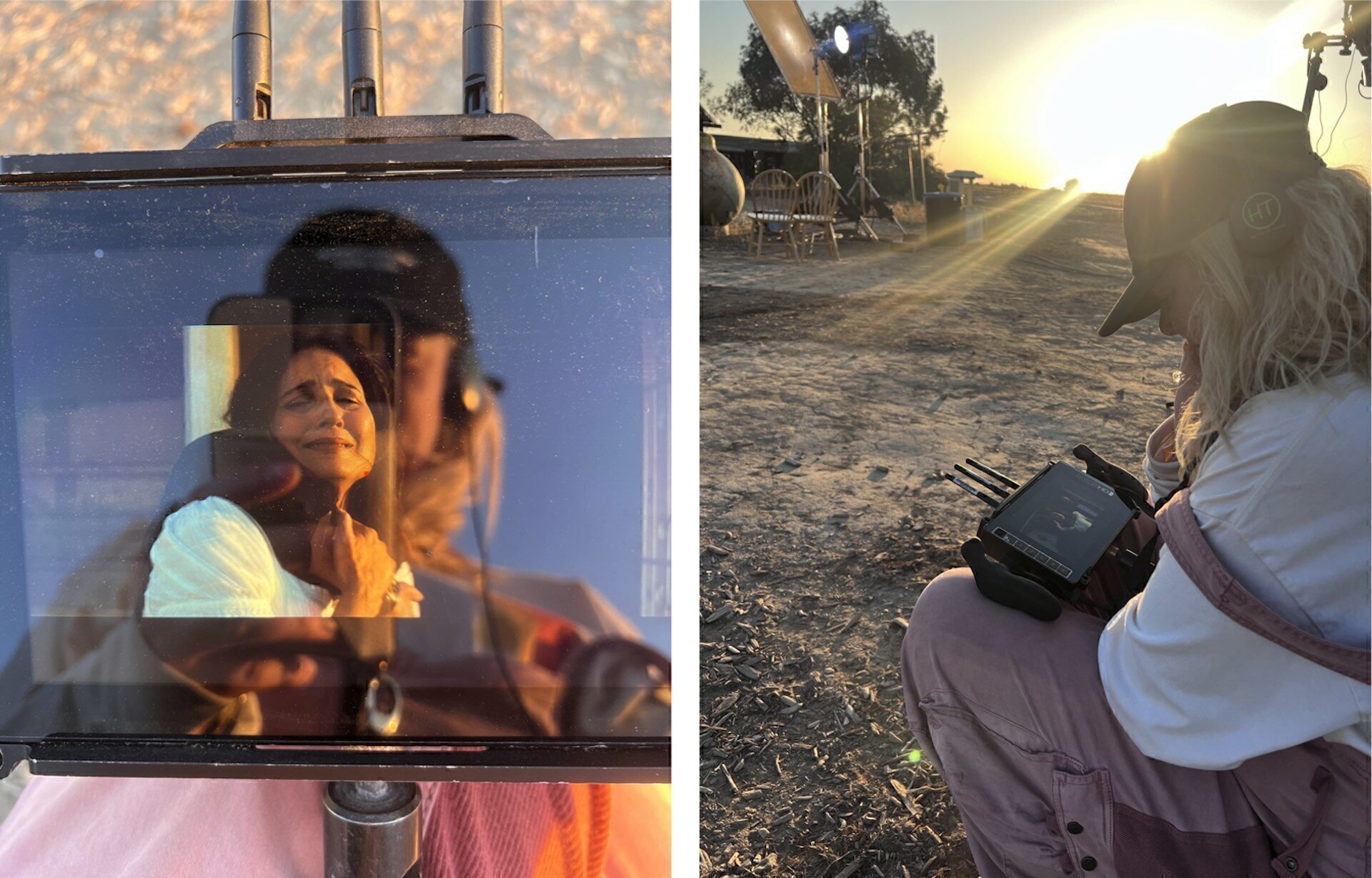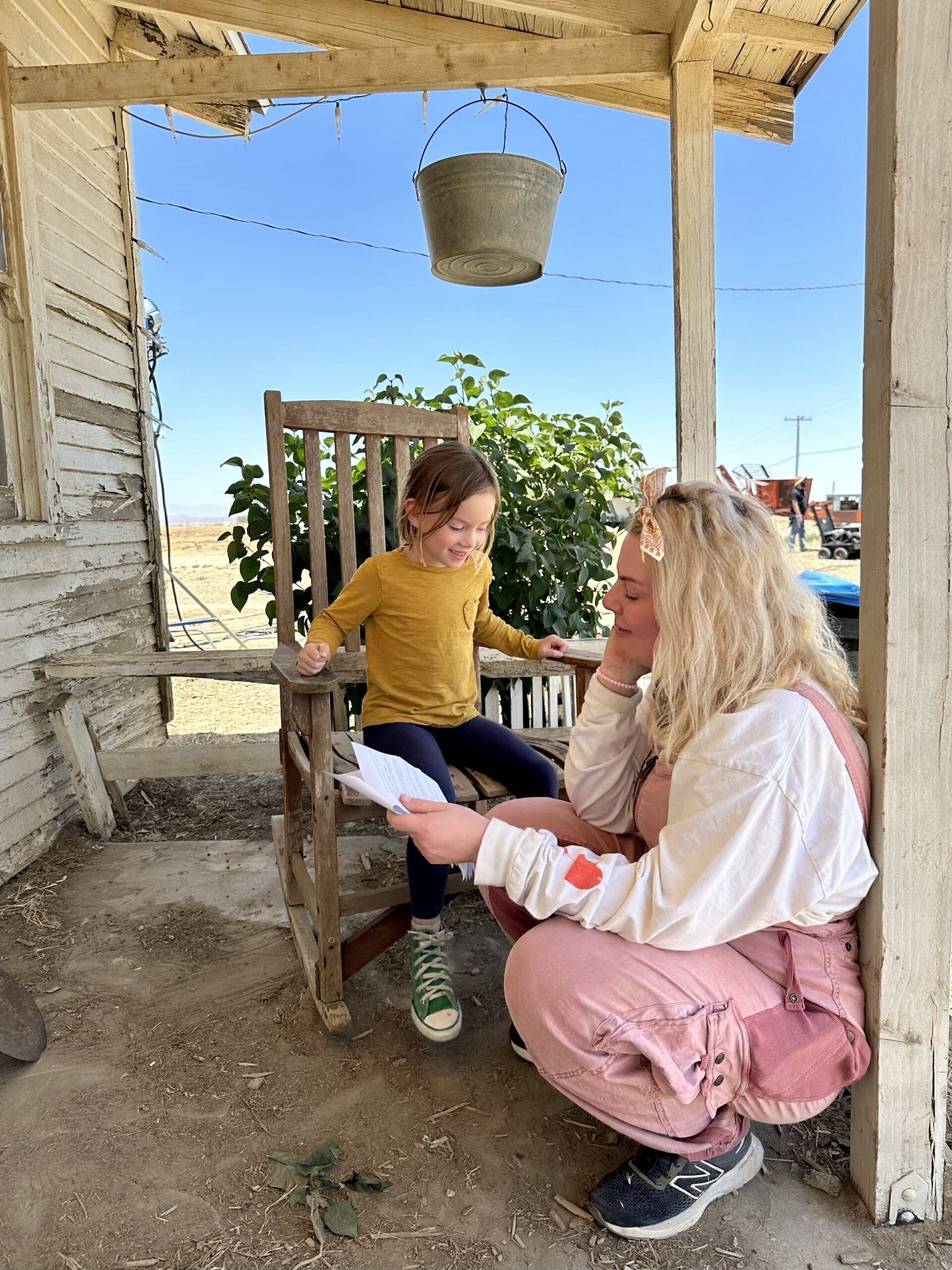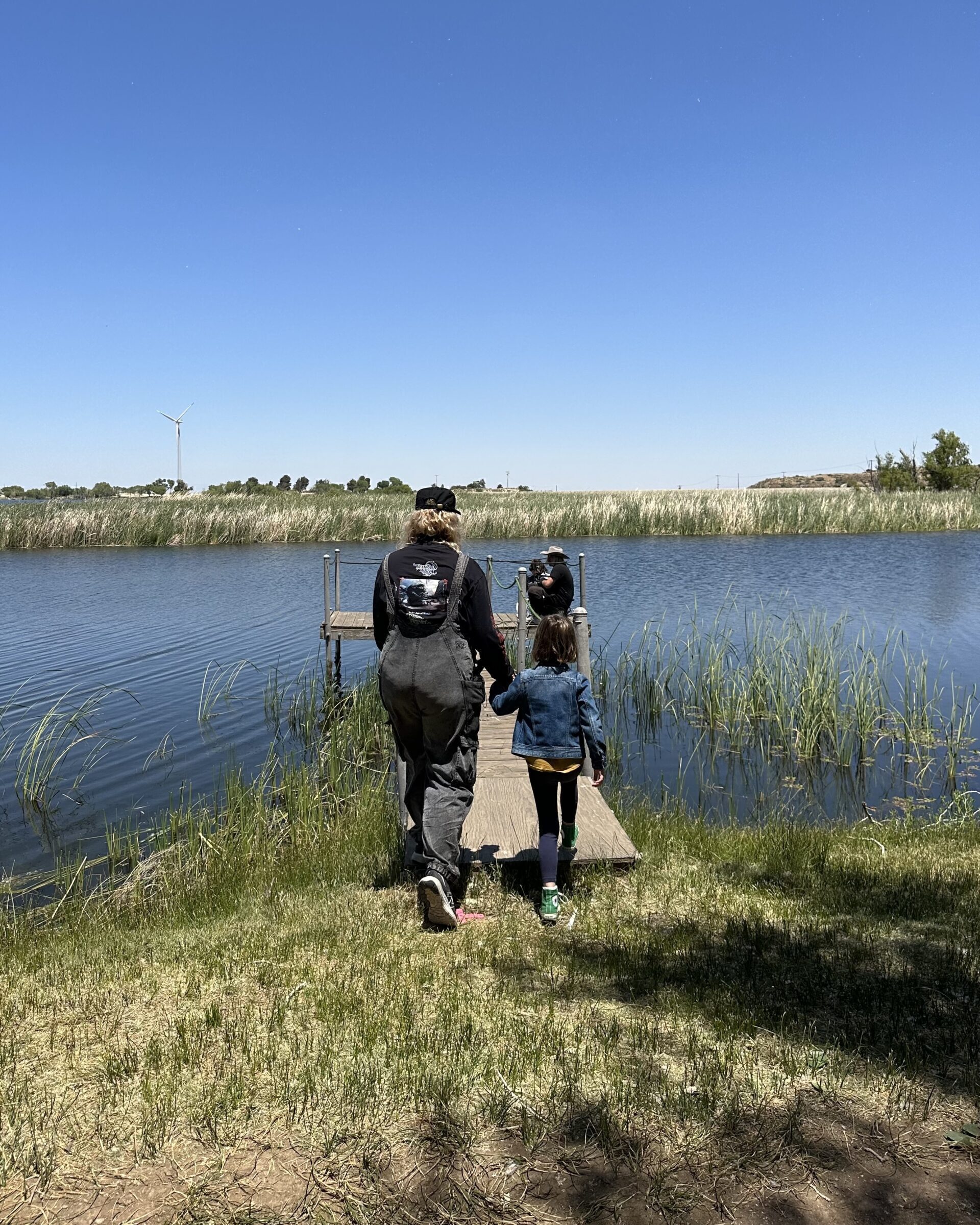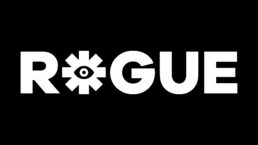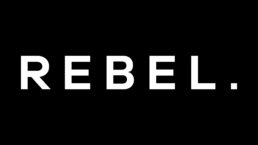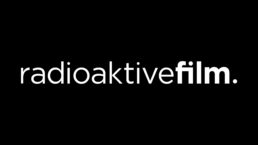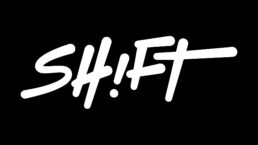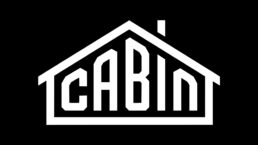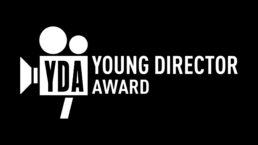Sisterhood: Elle (Emily Juliette Murphy) and Oli (Mallory Nagata)
Try a Little Tendernsa, your earlier short film, was a comedic romp about dodging online dating in the digital age. So when we sat down to watch your second short, Gator Girl, we were expecting a similar vibe. But oh no. A day later, we’re still haunted by its dark undertones and the rich metaphorical threads woven through the suspense.
I should’ve added a warning label – sorry! But I’m also thrilled it left a mark. That’s really all I ever want when I make something: for it to be felt. I think we live in a world that’s increasingly afraid of feeling. I used to have too much feeling, and at some point, I shut it down. That numbness started creeping into my work, which scared me more than anything. So now, finding doorways back to emotion – raw, messy, strange – is essential. I feel like womanhood, girlhood is always going to be the connective tissue in my work. Even when it’s dark or funny or surreal, it’s about exploring those layered, often contradictory feelings. I’ve been lucky enough to study with an extraordinary mentor, Joan Scheckel, whose labs helped me reconnect to that inner truth. That’s the compass now. Always.
What first sparked the idea for this story?
At first, it was a weird universal download, an image of a baby being rescued by an Alligator…should probably talk to someone about that! Beyond that, it’s a rescue fantasy, wrapped in a myth. The idea of going back and saving yourself, giving your younger self what you most needed. I was a kid who escaped into fantasy: books, imaginary worlds, animal protectors. I loved Narnia, Alice in Wonderland, all those portals where anything could happen, where animals spoke and saved you. I was also deep in a fascination with quantum entanglement at the time, how two particles, separated by space and time, can remain connected. That became the heart of it. What if we could send protectors across time? What if part of us already had?
BTS: on location, Michelle Craig right
Gator Girl is emotionally charged. How did you tap into those feelings and shape them into a script?
At its core, this story began as a conversation I never got to have with my sister. But it had to become bigger, less specific and more universal. I started with that desire to reach back and connect with your younger self. To say: I’m here now. Language matters so much to me – the rhythm of it, the truth of it. It took time to shape dialogue that felt lived-in and emotionally precise but still suspenseful. I also knew I’d be working with a younger actor, so I wanted to be deeply intentional with what was said and what wasn’t. So much of this film lives in the silence. I wanted Elle to get things wrong. I wanted Oli to resist her, to be mad, hurt, protective. Connection isn’t easy. It doesn’t come on cue. That tension of wanting to be forgiven but not knowing how is where the real charge lives for me.
The supernatural twist of the alligator as both pet and protector was unexpected and powerful. What inspired that choice?
I needed Elle’s protector to feel as big, wild, and ugly as the danger she faced. And you know…I love alligators; they’re these prehistoric, oddly soulful creatures. Survivors. And I loved the contradiction of turning something feared into something deeply tender.
Visually, it was also a challenge I wanted to take on. Could I make a CGI gator feel like a classic movie dog? That’s where the VFX team – led by the genius David Lebensfeld – came in. We studied timing, expression, and scale. The slight upturn of the jaw when he catches a cheeseburger. The sleepy blink as young Elle finally rests. My favorite beat is my baby gator pulling the baby rocking chair cord before it topples so gently, so present. The gator protects. But there’s always a primal undercurrent. That’s Elle’s journey, too. Survival.
Top: Mom (Lisa Roumain) and Stepdad (Tom Schanley)
What were the biggest lessons you learned in making a suspense film?
Pace is everything. Stillness is everything. I wanted to lull the audience into safety, so when the rug gets pulled, it really hits. Gary Long, my DP and creative soulmate, and I worked through detailed boards and beats but always came back to feeling. He trusted me with performance; I trusted him with the lens. That mutual trust lets us breathe, hold, and hesitate. It’s rare to find someone who will go that deep with you, technically and emotionally. Gary did.
As the creative director and co-founder of production studio Unit9, you’re no stranger to production challenges. What specific hurdles did you encounter while working on Gator Girl?
The usual suspects…time, money, time…more…money! This was self-funded, and investing in yourself is something I encourage all my directors to do – but feeling worthy of that myself was big. The really big unknown was the post. I made this film in part to prove I could handle creature work – it’s something I love and want to do more of – I knew I needed a killer VFX partner, and I found that in David Lebensfeld, founder of Ingenuity Studios. The day before the shoot, I was having a total meltdown, and he just said, “Friend, there’s nothing you can break that I can’t fix. I got you.” That became the spirit of the whole production. Every person who came on board showed up with this fierce creativity and generosity. That kind of community is rare and utterly unforgettable.
On set with director Michelle Craig
What’s occupying your downtime now?
Gator Girl is part one of a three-part series “GIRL”…the next short is Grief Girl, which is a dance film about all the little deaths we have as women, people in life. Outside that, I spent last year co-writing a feature for Netflix with the brilliant Izzy Hyams and discovered that I love writing action. Big set pieces equal bigger fun! So I’m working on something new in that space. As well as helping plot UNIT9’s next adventure, we’ve been so active in the experience world for the last 10 years, and I really want to supercharge that part of the business.
Is there anything else you’d like to add?
Making things feels harder than ever right now. The industry is shifting, and the world is chaotic. But this is exactly when art matters most. People need stories. They need weird little films that crack their hearts open and let them feel something—cry, remember, change. So, if you’re reading this and thinking about making something, please do. We need it.

